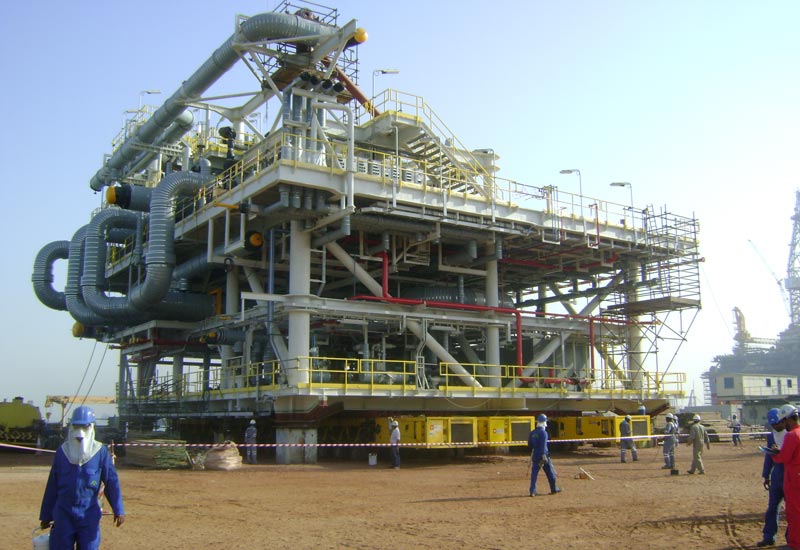Long-term substitution of Japanese nuclear generation with natural gas and oil-fired generation will fuel investment in Asian oil and liquefied natural gas (LNG) markets, according to market analysts at research publisher SBI Energy. The operational loss of nuclear reactors at the Fukushima Daiichi and Daini facilities significantly alters Japan’s energy strategy and will contribute to rapidly rising demand for crude oil and LNG in developing and industrialised Asian nations.
According to data from the US Energy Information Agency (EIA) and the World Nuclear Association, the Fukushima Daiichi and Daini facilities represented approximately 20% of Japan’s nuclear generation or between 50-60 terawatt-hours (TWh: billion kilowatt-hours) annually. SBI Energy estimates equivalent fuel resources of 1.0-1.2 billion cubic feet per day (Bcfd) or 170,000-200,000 barrels per day (bpd) of oil would be required to compensate fully for the shortfall in generation from the two lost facilities.
The loss of Japanese nuclear capacity will increase net imports of natural gas in the Asia/Pacific region by at least 6% and at most 15% as Japan’s natural gas is overwhelming supplied in the form of maritime-imported LNG. Net oil imports to the Asia/Pacific region could increase by 1-2% as a consequence of increased use of oil-fired power generation.
Beyond its current fleet of 54 nuclear reactors, the Japanese nuclear industry has an additional 14 reactors under construction or planned for construction by 2020. “The unprecedented disaster in Northern Japan casts serious doubt on TEPCO’s [Tokyo Electric Power Co.] nuclear development plans,” noted SBI Energy analyst Nana Lapham, adding “the planned 2.7 gigawatt capacity expansion of the Fukushima Daiichi facility will no longer be possible.” Plans by TEPCO and other Japanese utilities to construct another 15.3 GW in nuclear generating capacity face almost certain delays. Significant delays in nuclear reactor construction would serve to drive demand for oil and gas even further as utilities work to cover long-term growth in Japanese energy consumption.
The nuclear disaster in Japan has already affected LNG prices on spot markets as the country’s utilities and industry rush to secure energy supplies. Long-term substitution of Japanese nuclear energy with primarily natural gas and oil will contribute to heightening demand for LNG and crude oil in developing Asian economies. Regional industry investment in upstream natural gas and oil production are anticipated in order to relieve supply pressures, particularly in China. SBI Energy analysts forecast enhanced oil recovery (EOR) in China to increase at a compound annual growth rate (CAGR) of 32% through 2015 in reference to the long-term increase in Japanese oil demand.
Likewise, the Chinese energy sector is anticipated to supplement higher-priced LNG imports with greater domestic production from shale gas formations. SBI Energy projects that China will produce roughly 2 billion cfd of shale gas by 2020.
The LNG industry has moved to capitalise on greater Japanese LNG demand, yet another driver in the Asian market, by investing in greater gas liquefaction capacities in the Pacific Rim. Chevron recently announced engineering and design work at its LNG export terminal in Australia. In the past few days, Calgary-based Encana took a 30% stake in a planned LNG export terminal in British Columbia that was already held completely through two companies’ shares. “Recent moves by LNG players are just the beginning in [terms of] the global energy sector’s response to the events in Japan,” SBI Energy found.




